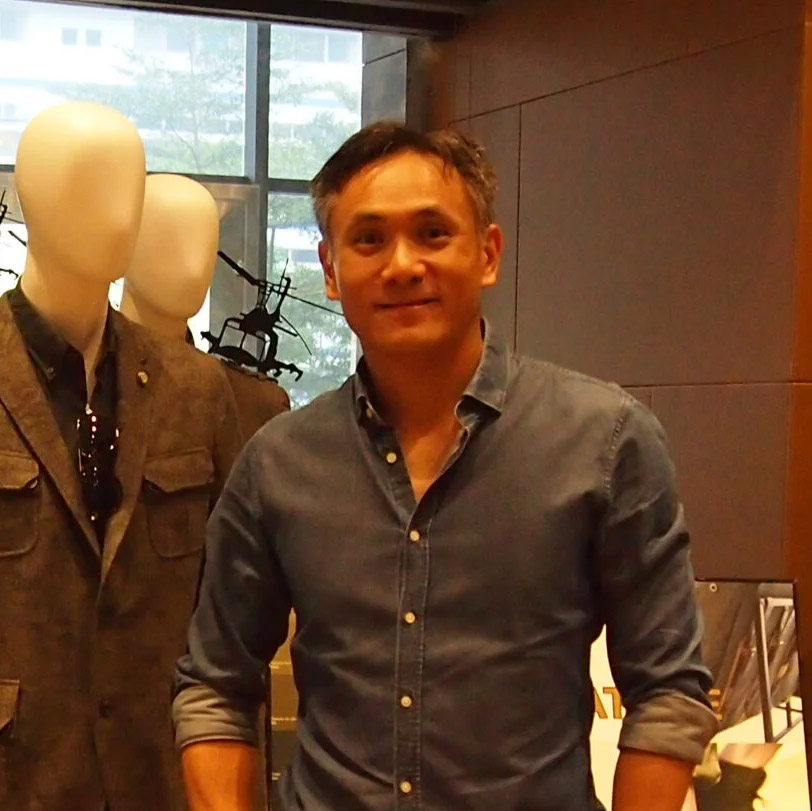Interview
Lever Style’s Szeto: Excess inventory is what kills fashion brands
Lever Style's chairman tells Laura Husband adaptability, digitalisation, and reduced order sizes will aid fashion brand success in 2025.

Szeto explains fashion brands can avoid excess inventory by placing smaller order quantities. Credit: Lever Style
Lever Style’s executive chairman Stanley Szeto predicts the remainder of 2025 will be more difficult for the fashion industry than 2024. He explains the fashion market is continuing its soft trajectory and he would even describe it as getting “softer”.
He shares: “Among the major markets we serve – the US has been the strongest in recent years with continental Europe one of the weakest and the UK close behind.
“But we work with over a hundred fashion brands and retailers that cover a broad spectrum of the market, and we can already see more are experiencing challenges this year compared to 2024.”
In contrast, the future of his own end-to-end fashion production platform continues to look bright with a stock price that has more than tripled in three years and FY24 sales and profits hitting record highs for a third consecutive year.
He shares that his company, which offers versatile and portable production solutions for global fashion brands and retailers, reported a 10% rise in annual earnings for the year ended 31 December 2024.
Lever Style’s revenue increased to $222.9m from US$208.5m in 2023 with a gross profit of $63.5m. It also enjoyed a profit before tax of US$20.1m and a total comprehensive income of $17m.
There are countless reasons as to why Szeto’s company is able to defy the odds during a challenging fashion retail market. This ranges from Lever Style’s global sourcing network enabling him to adapt faster than competitors to his clever use of digital and AI tools keeping his clients’ median order size below a 1,000.
He says: “The industry needs to realise excess inventory is waste and it’s what kills brands. To avoid excess inventory, you need to place smaller order quantities.”
There are lots of methods to drastically reduce lead times which in effect reduces waste, but he shares frankly: “If you have to forecast a year in advance what will sell — it’s a roll of the dice.”
As a B-Corp certified company he’s also not afraid to say air freight isn’t always bad for the environment.
He argues the speed of air freight means orders can be made and produced much closer to real-time so the orders are more reflective of demand with less waste overall.
Szeto namedrops fast fashion giants Zara and Shein as having “mastered how to keep inventory low and lean”.
But he asserts both brands use digitalisation and AI to create a lean and resilient supply chain exclusively for their own brands.
In contrast, Lever Style uses similar methods to give all his fashion brand clients the edge when it comes to smart and versatile global production.
He describes AI and digitalisation as a “continuous journey” but maintains “it is a means to an end and not an end in itself”. In other words his company uses digitalisation and AI tools to drive supply chain efficiency and speed.
Crucially, he says: “Regardless of whether you have 100 orders or 100,000 orders – the more elements of the supply chain that can become automated, the more viable and cost-effective smaller orders become.”
Impact of ongoing political uncertainty in the fashion supply chain
Following the additional 10% tariffs Trump has placed on China exports, including fashion, Szeto expects more brands will want to move production out of China. He also suggests we’ll see more Chinese suppliers switching fashion production to the domestic market.
He asserts China’s domestic market is “huge” so it makes sense for China to increase production for its own fashion consumer market.
Lever Style has historically benefitted from global geopolitical uncertainty as flexibility is one of its core strengths: “Regardless of whether it’s product type, country of origin or lead times – it’s where we excel,” he declares.
Lever Style usually focuses on growth by acquisition during challenging times but Szeto explains the company will only consider acquiring companies that will bolster his business. In 2024, Lever Style didn’t make any acquisitions because the right opportunity didn’t appear, so this could happen again in 2025.
He does reveal that his company is strong in fashion and arguably not as strong in active and outdoor, so all else being equal he says “we’d look for opportunities in active and outdoor”.
Szeto can see another opportunity for growth in 2025 will be adding to his company’s sourcing country base, which is easier to do through acquisition.
He shares: “We’re already expanding outside of China and Vietnam and we’ll see how the winds change.
“There’s no end game – we need to be on our toes and flexible and that’s what makes us one of the fastest growing companies over the last five years.”
He adds that 18 months ago he was looking at production companies in Portugal, Morocco and the Philippines as it makes sense to buy an existing business rather than starting from scratch, but it all depends on which deal gets over the line.
He adds that product capabilities and production geography are two of the key factors Lever Style examines and in 2025 he can see the potential of expanding in some of his existing production countries, which include India and Bangladesh.